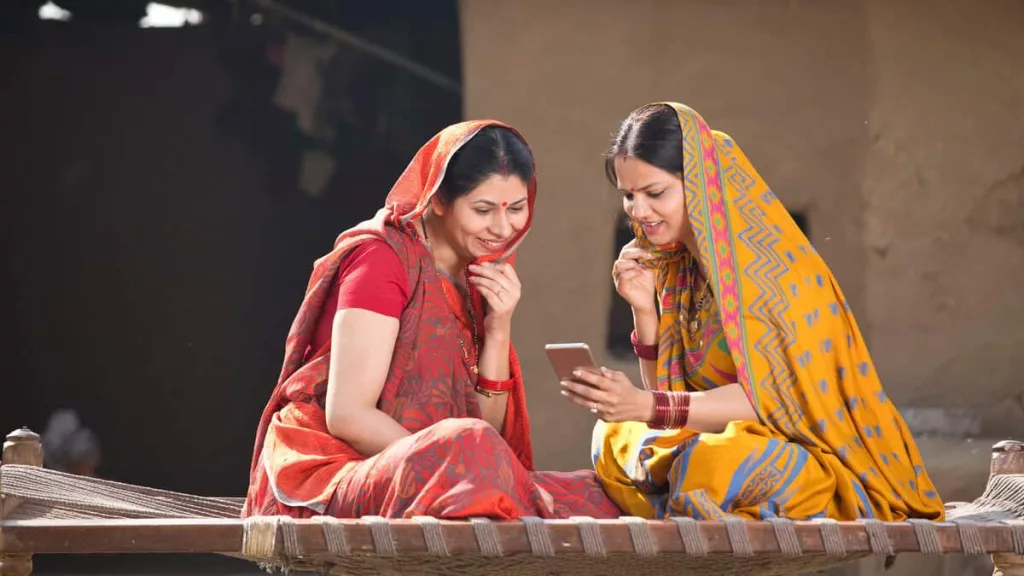By Lubna Ludheen
The digital transformation in India has been a means to discover new opportunities and strengthen community connections. The path to an inclusive society seems within reach as we see a rise in smartphone usage and digital services. Yet this progress narrative masks a more complex reality. The digital space is not neutral; it reinforces existing inequalities, systemic biases, and new forms of violence, particularly against women, gender-diverse persons, and other marginalised groups. To harness India’s digital dividend, it is essential to move beyond access to build a truly inclusive and empathetic digital environment.
The myth of neutrality
The most pervasive and dangerous assumption about technology is that it is a neutral tool. This is a myth. Technology is a reflection of its producers/creators, and historically, that has meant it is a reflection of male, Western-centric biases. Amazon’s AI hiring tool had to be scrapped because its system downgraded women’s resumes, as it was trained on historical data from a male-dominated tech industry. Similarly, common digital tools like Google Maps prioritise the fastest route over the safest; a dangerous oversight for women who often travel through public spaces with greater security concerns in their minds. Even health apps initially failed to include basic features like menstrual cycle tracking because they were developed with male physiology as the default model.
This bias extends to the core of digital infrastructure. For example, the lack of support for different languages creates barriers for non-English speakers, particularly for women from rural or tribal communities. Local and culturally specific slurs, often used to harass someone online, go unrecognised by platform algorithms that are predominantly trained on Western, English-language data sets. This system oversight allows hate speech to increase, creating a hostile environment that disproportionately affects women and minorities.
For the transgender community, the digital divide is not just an inconvenience but a matter of safety. Identification documents are often mismatched, and the lack of platform accountability exposes them to harassment, blackmail, and even physical threats. When technology is not designed with inclusion in mind, it does not become a tool for empowerment; it becomes an enforcer of existing societal inequalities.
Access is not agency: From users to owners
The conversation around digital inclusion often focuses on bridging the “access gap,” which is getting more devices into more hands. Access is not the same as agency. Simply owning a smartphone is a superficial measure of empowerment. The real transformation happens when a user becomes a creator, a decision-maker, and an owner of their digital journey.
Research on programmes like the GOAL programme (Going Online As Leaders) by the Digital Empowerment Foundation provides a counter-narrative to the dystopian view of technology. The story of Kamala, a woman from a rural village whose life changed when her husband forgot his phone at home, allowing her to use WhatsApp to connect with local groups and grow her small business, is a great example of how technology usage can change from access to agency. These programmes succeeded because they went beyond handing out devices. They provided a support system built on trust, dignity, and purpose. They helped women not just to use apps, but to develop entrepreneurial skills, turning them from passive consumers of technology into active creators of their own opportunities. This shows the difference between giving someone a tool and teaching them to use it.
A call for systemic reform
A fundamental shift is required for an inclusive digital future. We need to move away from quick-fix solutions and look at developments that address the complex interplay between sociocultural dynamics and technology.
Technology must be designed with diverse groups, including women, tribal communities, and LGBTQIA+ individuals, to ensure it is safe, empathetic, and culturally sensitive from the start. This means in-built privacy protections, multilingual support, and safety features as parts of the product, not as afterthoughts.
Community and policy initiatives must focus on building agency and digital literacy. This may include community-based training models, using trusted networks like Self-Help Groups (SHGs), and creating mentorship programmes that boost confidence and a sense of ownership.
Digital platforms must be held accountable for the harm they enable. This requires a proactive approach to identifying and moderating hate speech in local languages, as well as developing strong mechanisms to address online harassment and violence. Online harm should be taken as seriously as physical harm.
Technology itself is not enough to break down patriarchal barriers. Harmful social norms, such as that a phone belongs to the man or that a woman’s online activity should be monitored, must be challenged and addressed. Media and education can play a crucial role in reshaping these narratives.
India’s digital future is not predetermined. It is a choice we make every day through our policies, our innovations, and our community efforts. By focusing on quality, relevance, and empathetic design, we can ensure that the digital space catalyses social empowerment, rather than being another tool for reinforcing divides.
(The Centre for Development Policy and Practice in collaboration with Kautilya School of Public Policy, Centre for Women Studies under Maulana Azad National Urdu University, The Education Group (London), and Digital Empowerment Foundation, and associate partners, Council on Energy, Environment and Water, Jahangirabad Institute of Technology, and International Institute of Information Technology, held a conference in Hyderabad on August 8 & 9, 2025, titled “Gender & Inclusion Conference 2025: Exploring the Intersection of Gender, Technology and Socioeconomic Empowerment.” This article is based on the panel discussion on “Bridging the Digital Divide: Advancing Gender Equity and Social Empowerment through Digital Tools.”)
Lubna Ludheen is a Research Associate at CDPP. She has a Master’s degree in Public Policy from Mount Carmel College, Bengaluru. Her research interest areas include women and gender, sexual and reproductive health and rights, and sustainable development.
Get the latest updates in Hyderabad City News, Technology, Entertainment, Sports, Politics and Top Stories on WhatsApp & Telegram by subscribing to our channels. You can also download our app for Android and iOS.

